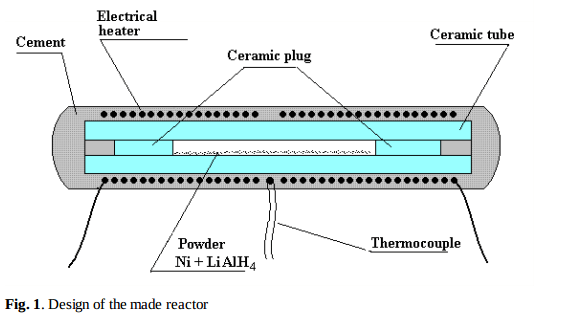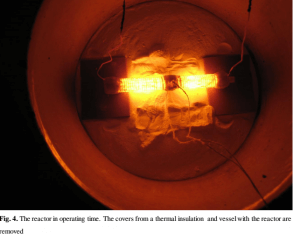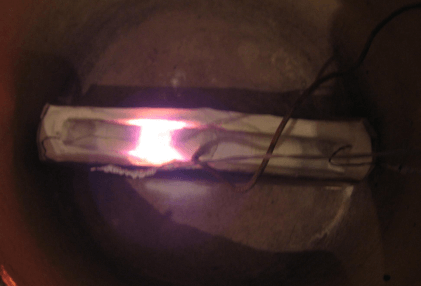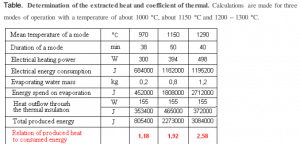
Free Energy: Can the 2015 Year Be Broken for Cold Fusion?
 6
6
 22. 04. 2023
22. 04. 2023

Russian scientist Professor Parkhomov claims to have replicated E-Cat. Parkhomov published a completely open research. Other scientists are racing to try and replicate this work.
Professor Alexander Parkhornov of Moscow State University of Lomonoso published a report on successful E-Cat replication on the basis of available information. The report is in Russian. There is also a translation available in English: Parkhomov English. There is also a video in Russian from the experiment:
Parkhom's results are relatively modest. The power output of its own E-Cat has reached 2,74 times higher than it was at input.
The E-Cat World Web site presented the work of Memorial Project by Martin Fleschmann, Brian Ahern and Jack Cole, as an example of an effort to build on Parkhom's work. He plans another attempt, which is in preparation.
If it is shown that the results can be consistently repeated and that the level of energy gain is beyond the chemical reaction, then the 2015 year could be the year when the Cold Lap (LENR) finally becomes publicly available for the whole world.
Experiments with an analogous Rossi high-temperature thermal generator filled with nickel and lithium aluminum hydride showed that at temperatures of 110 ° C and above the resulting energy was greater than consumed.
The level of ionized radiation during reactor testing is not visibly greater than the background radiation. The neutron flux density does not exceed 0,2 neutrons / cm2s.
Cold fusion is referred to as one specific way of performing a nuclear fusion, which was described in 1989 by Martin Fleischmann and Stanley Pons.
Sometimes, the term cold fusion means any way to achieve a nuclear fusion without the use of high temperatures.
In 1989, Fleischmann and Pons published an article declaring that they had been able to fuse at normal temperatures by means of heavy water electrolysis. This report triggered a massive media outburst, and many laboratories tried to repeat their attempts, some of which even confirmed the phenomenon. Others tried to prove the opposite.
There are cases where the measurement results have been intentionally manipulated so that the resulting measurement is against the cold fusion function. There is a lot of pressure on scientists (either individuals or entire teams) who would like to present positive results. It turns out that thermonuclear fusion is a big business with big budgets, which would cease to make sense with the advent and clear demonstration of cold fusion. Many scientists fear for their reputation if it is accepted that everything is different…










